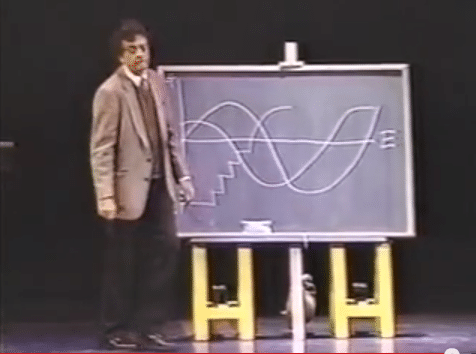My brother called from Virginia on Saturday looking for some storytelling help. His son, Riley, is writing an essay for his college applications. He has a whale of story, too, but is having a hard time retelling it in under 400 words.
Riley’s story is about courage. Perseverance. And his busted nose.
It all began a week before the state wrestling championships earlier this year. During practice, Riley’s face got planted into the wrestling mat like a cigarette butt being put out in an ashtray. His nose toggled left of his front teeth before becoming a plum. His dad, a physical therapist, was out of town and couldn’t tend to him. Riley’s goal of standing on the state champions podium now seemed equally distant. And that’s when he dug deep inside himself to answer the bell.
Riley is wrestling with a great story. His challenge, as with most young writers, is that he was talking about the facts of the events without capturing the emotion of what he was experiencing. I reminded Riley that all great stories have a beginning, middle, and an end, and that they need conflict to propel them forward. “Let the reader feel what you were feeling,” I coached him. “Give it to us in all its gory and glory,” I said.
I asked Riley to watch the above entertaining video of writer Kurt Vonnegut talking about the shape of stories. It’s the best piece of writing advice I could give him about how to handle the conflict in his story.
Lesson: Fan the flames of conflict in your story. Help your readers feel what’s at stake for your protagonist. Take them to the depths. Make a bold move. And then roll out the podium.











